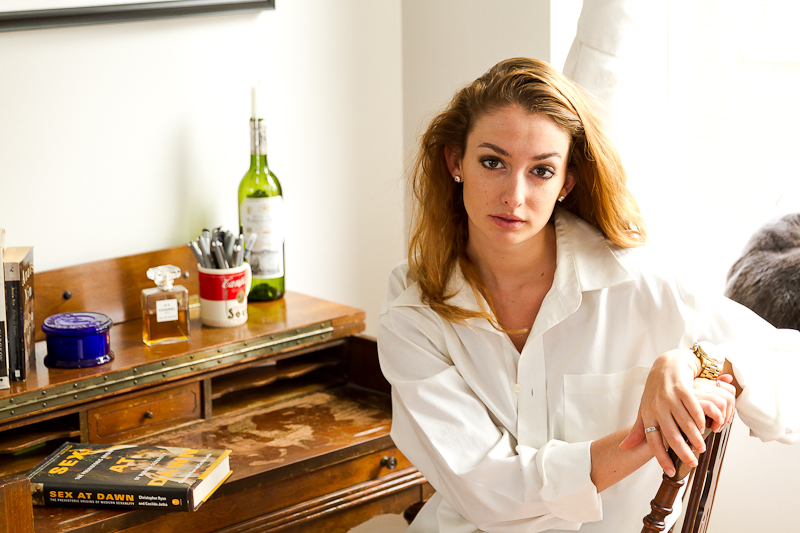I remember being seven or eight, getting changed after swimming lessons and seeing a naked woman. I remember being horrified at her heavy breasts and large areolas. Terrified by her hips and the dark hair between her legs.
It was so different from my own shapeless and smooth body, so wild and animal compared to the softness of youth.
I was ashamed when she caught me staring and embarrassed by my curiosity. I don’t think I’d ever seen a naked body besides my mother’s or some other female family members’, which had never inspired the same violent response.
When is a child taught to be ashamed of their body? At what point do we learn that the very vessel that allows us to touch, walk, run, and dance is to be hidden? Why is it when we first see those naked little babies running around the Amazon in National Geographic we recoil, shake our heads in amazement at the “savages” that don’t feel the need to cover themselves?
I was giving my four-year-old half sister a bath the other night when I realized she had finally gotten to the age where the difference between her body and a little boy’s becomes of concern.
“This is my penis Lexa.”
Huh. Well, I guess sex ed is starting early these days.
After I explained that only boys have penises, she smirked and gave me a simple, “gross.”
So, does this sort of bodily rejection just come along with schoolyard cooties? Is it the difference between the two sexes, or something more?
The scolding a girl gets when she lifts up her dress in public. That early imprinting that we get as women—that we are at fault for creating desire. That we must be extra careful to cover ourselves, lest we face the mortifying day when Tommy yells out in the middle of gym class that we now need a bra.
The socializing lessons we receive through childhood reverberate into adolescence and into our adult years.
I see it when the girls in the change room cover themselves as they change, holding onto a precariously placed towel. Pulling on jeans too quickly so their feet get stuck in the legs, all in a desperate race to return under the covers.
It’s there again in the sales girl’s uncomfortable grimace as she watches a woman breastfeed on the sofa. How incredibly twisted that food for a baby is now obscene. That when a woman’s breasts are used for their natural purpose and not to please another, it is seen as disgusting and improper.
I hear it in my friend’s voice when she tells me that she only ever has sex in the dark. In the Bible, where a women is said to be unclean for seven days after birth. And then again in those hyper sexualized ads that use our tits, ass, and legs in an effort to be risqué and sell products.
Then, like a shot to the head, I saw it two weeks ago when a piece of renaissance art on my friend’s Facebook profile was reported. It was a nude painting of a woman reclining on a divan, not engaging in sex or masturbation as “reason: pornography” would imply.
So now, at 20 years old, in the age of the Internet and the gift of being able to express yourself on a global platform, I’ve hit a roadblock.
I’ve had to confront that while hetero-male sexuality is applauded and appealed to, a woman’s sexuality can be reduced to a collection of body parts used for male gratification, meant to be hidden away on his favourite porn website.
Sexual discourse can be jarring and uncomfortable, and it’s unrealistic to think that everyone will be accepting of the same things. What makes me more uncomfortable however is that other people’s intolerance has prevented me from celebrating not just my own sexuality, but human sexuality.
In response to the reported painting, I posted a favourite photograph of mine. It’s a black and white photo of a naked woman standing in the rain. Every time I look at it my breath catches, because I am lucky enough to see the miracles that lay beneath our skin.
The beauty in all of our bodies.




